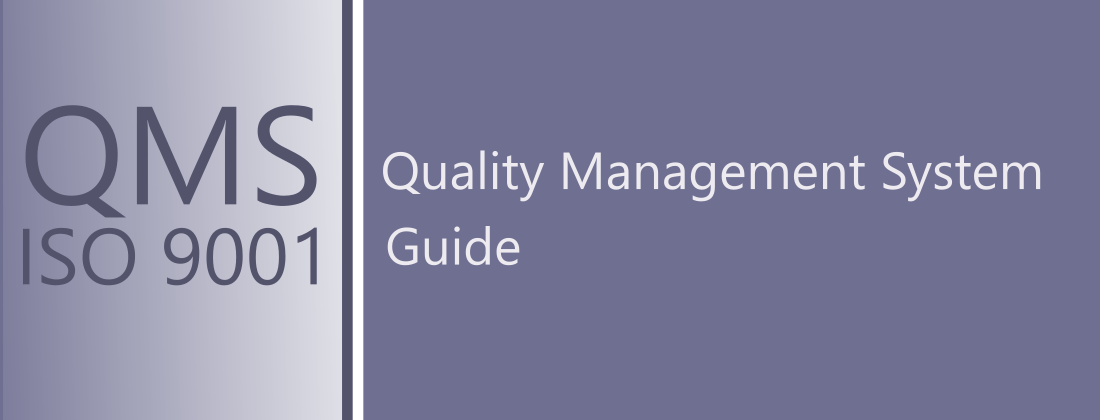Quality management system guide – How to implement ISO 9001: 2015?
According to Wikipedia: “Organizational change” is defined as:
- any significant modification of some part of the organization (R.W. Woodman)
- organizational change which may concern every aspect of the organization and may have effects that go far beyond the area in which it takes place (W. Pasemore)
- it is a transformation of the existing system according to established procedures, at the same time transforming the results of this transformation directed by the purposefulness of the organization’s activities (E. Masłyk-Musiał)
- Change management is complementary to the change itself, actions and techniques supporting the change process, the purpose of which is to accept the change in the organization (Roman Wendt).
I will not cite the definition of change management, because there are many of them in the literature, and this will make it difficult for us to understand what it is.
I will not conduct theoretical and terminological discussions on what should be understood and how to understand specific concepts.
I will explain it in a practical, simple way – like the director to the director;).
Our companies, foundations, churches, offices, associations (and other organizations) have a certain organization for conducting (handling) matters. Examples:
- The method of organizing and conducting construction
- The method of applying for felling a tree is processed
- The method of issuing an administrative decision
- The method of the wedding organization
As a rule, if people in our organizations do not change, the way things are handled is constant.
However, one day a necessity comes and something needs to be changed in our organization. The change can be any:
- Introducing a new man
- Introducing a new program (terrible)
- Replacing a man
- Save time
- Save money!
When we start making a change, consciously or not, we manage it. As we know perfectly well from our own experience, changes give birth to CHAOS. It’s responsible fot disorganization of our work, extends everything to infinity or even longer! Generates overtime and working Saturdays. Because of it all the evil of this world arises!
Why is this happening?
Introducing changes to the organization, even a minor one, change a very large number of communication lines (processes) and their interaction. One change causes many changes, and each of these changes causes further ones, etc., exponentially. We already know where CHAOS comes from.
How to counteract it?
An old saying, it seems Chinese, gives us this wisdom:
“Happiness favors the prepared!” (Sun Zi, 6th century BC)
Proper change management consists in:
- Determining what we want to change?
- Determining what we want to achieve by the change?
- Determining what we will lose if we don’t make a change?
- How do we want to change it?
- When do we want to change it?
- How much will it cost us?
- What will we do when we fail to make a change?
For our happiness to be in our favor, we must be prepared to change and not introduce it when we are not prepared. Only when we answer the above questions (also in numbers) we can assume that we are prepared to change.
In the next article, I will describe how to plan a change.




